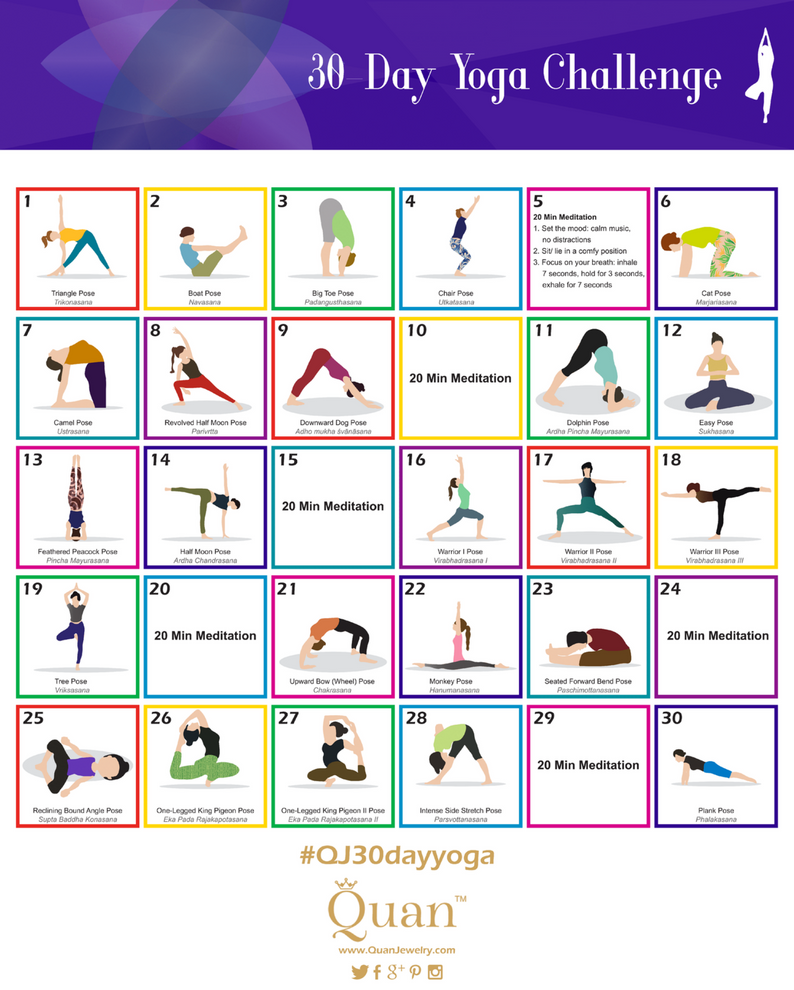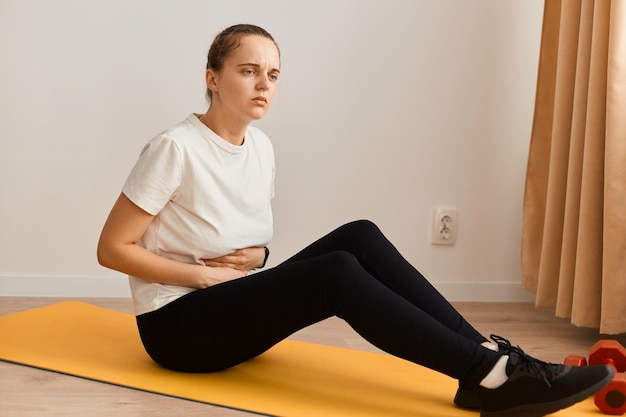
Yoga offers many postures that can help you maintain balance. Some of these are the High Lunge, Tree Pose, Eagle Pose, and Downward dog. It can be confusing if you are just starting yoga. This article will help you understand the poses and gain maximum benefit from them. This article will discuss the benefits and how to start your practice.
High Lunge
High Lunge, a balance pose that is challenging but also beneficial for the entire body, can be done. While your arms are extended out in front of your body, you need to align your core and keep your spine engaged. To help balance, you can use blocks. Or you can raise your torso with your hands by placing your hands on a stool. High lunges are best avoided if you have injuries. It is safer to use a gentle chair for those with injuries.
To begin, step your left foot back. Lower your left knee, then lift your back heel. To cushion your sensitive knees, you can use a blanket. Proper alignment is crucial for any yoga balance pose. The best way to get the most out of yoga is to practice correctly. If you're straining into your poses, you'll be missing out on the benefits of yoga. Proper alignment will engage the right muscles and support the body's weight evenly.

Tree Pose
To learn the balance pose of yoga balance, you will need to practice first with support from a chair or a wall. The wall will provide a steady base and your hands will keep you from slipping off balance. Close your eyes as you practice this pose. To balance, you can rest your head against the wall if you are having trouble. Now, move your left knee towards the wall.
Intermediate and expert level users can modify the classic Tree Pose. This can strengthen your abdominals, and it also adds a toning element. Start in a normal position with your heels touching and toes slightly apart. You can rest your right leg against your left hip, while your hips are straight. You can also add a lifting foot or wall support to make the pose easier.
Eagle Pose
The Eagle Pose is one of the most difficult yoga balance poses. It requires patience and focus. The Eagle Pose requires you to balance on both your shoulders and bring your tailbone down towards the ground. You must also draw your neck up towards the ceiling. Engage your core and relax your neck, face, and shoulders as you reach the top of the pose. To maintain balance, you should breathe in and out regularly. Eagle Pose is a great way for you to relax and refocus.
Garuda, the mythical bird that gave rise to the name of the eagle posture, is the inspiration for the name of the eagle position. This mythical bird, which means "bird of heaven", carries Vishnu the god through the skies on its back. The mythological bird, also known as soma (elixir to immortality), can ride the wind. This balance pose can be done by anyone, but pregnant women should not attempt it as they could suffer from potential harm.

Dog that looks down
The Downward Dog is one of the most common yoga balance poses. It strengthens your whole body, particularly your ankles and wrists. It also helps align the spine and fine-tune foot muscles. It not only works to stretch the major muscle groups, it also strengthens smaller ones such as the plantar fascia. This band of tissue connects the heel and front of the feet. This improves your ability to balance and walk, as well as reducing the chance of injury.
Downward Dog needs opposing muscles to lengthen its spine. In order to stretch the front feet, the Downward Dog needs the relaxation of the calve muscle. This is crucial because a stiff or weakening ankle will result in the upper body carrying the weight unevenly. You can also modify the Downward Dog with a blanket placed under your heels. The goal is for your ankles to be bent forward. This is difficult without opposing muscles.
FAQ
Can I join classes with others?
This depends on the class. Some teachers only offer private lessons. Others provide group classes where students can interact with one another.
Studio owners may offer classes within classes, which are small groups of people who share similar interests and goals.
Does yoga make me look like a hunk?
No! You will not look like a Hollywood star after practicing yoga. You will look toned, stronger, flexible, and leaner after you do yoga.
Is yoga safe?
Yes! Yoga is considered to be low risk and is generally safe for everyone. However, if you have any medical conditions and injuries, it is a good idea to consult your doctor before trying yoga.
Do I require special equipment for yoga?
You don't need any special equipment to practice yoga. However, some people may prefer specific props such a blanket, straps or blocks.
If you are interested in buying these items, please check out our Yoga Equipment Guide. We recommend that you choose products made from natural materials over plastic.
Is there a yoga class for people with special needs or disabilities?
Yes, there are yoga studios that offer classes specifically for people with disabilities. These include:
-
Individuals who are physically handicapped and want to improve their posture
-
People with limited mobility
-
Individuals living with arthritis
-
People who are recovering from injuries
-
The elderly
This class is for you if you know anyone who would benefit.
Statistics
- According to the Agency for Healthcare Research and Quality, falls are incredibly common among older adults in nursing facilities. Even the simplest ones can increase the risk of death (24). (healthline.com)
- The American Psychological Association recently shared that 84% of American adults feel the impact of prolonged stress (5). (healthline.com)
- Gentle yoga has been shown to ease some of the discomforts of tender, swollen joints for people with arthritis, according to a Johns Hopkins review of 11 recent studies. (hopkinsmedicine.org)
- The people in the yoga group were 37 percent more likely to have quit smoking by the end of the 8-week program. (nccih.nih.gov)
- In comparison, a 125-pound person is estimated to burn 135 calories in 30 minutes of walking (at a pace of 15-minute miles) and 210 calories bicycling at a moderate pace on a stationary bike. (everydayhealth.com)
External Links
How To
Which is the best place to do yoga?
There is no right or wrong way of practicing yoga. Each person has their style. You only need to know which positions feel comfortable for you.
Here are some examples of common postures:
For beginners, standing poses are a good choice because you can see your body from various angles. They also make it easier to focus on breathing.
Forward bends: Forward bends are used to stretch tight areas. You can either do them lying down or while sitting.
Backbends. Backbends generally are considered advanced poses. You should consult your instructor before you attempt one.
Inversions: Inversions are poses where you balance on your side. This type of yoga is challenging, but it can be rewarding.